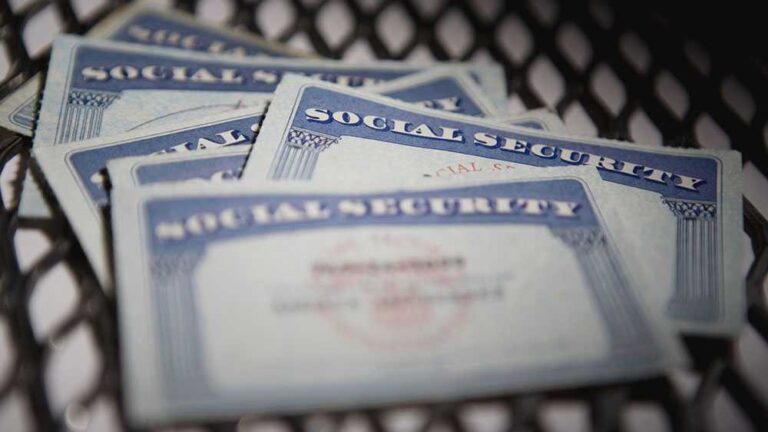The Social Security numbers of every American citizen may now be up for sale on the dark web, in what is likely the largest data breach in history. This startling news only came to light after a class action lawsuit was filed in Florida in early August. Compromised companies: National Public Data Florida-based National Public Data was the target of the breach. The company initially reported that 1.3 million people were affected. But the lawsuit alleges that up to 2.9 billion records were stolen, including Social Security numbers of both living and dead people. What the breach was National Public Data, which collects information for background checks on consumers and job applicants, confirmed the incident on its website, calling it a “data security incident.” Impact spreads across the country Cybersecurity companies across the country are finding that the breach has left billions of records up for sale on the dark web. This means that everyone’s Social Security numbers may be publicly available. Has your information been compromised? Cybersecurity company Pentester says it has captured the entire list. You can check if your information is involved on their website. How to Protect Your Information from a Data Breach Protecting your personal information is important, especially in the event of a data breach. Here is a step-by-step guide to protecting your information: 1. Freeze Your Credit Report Freezing your credit report prevents new credit from being issued in your name. This is a very effective measure to protect your personal information. Steps for Freezing Your Credit: Visit USA.gov for detailed instructions on initiating a credit freeze. You must request a freeze from each of the three major credit reporting agencies: Equifax, Experian, and TransUnion. To complete the freeze process, follow the specific instructions provided by each agency. 2. Monitor Your Financial Accounts Regularly review your financial accounts for suspicious activity. Monitoring Tip: Set up alerts for bank account and credit card transactions. Regularly check your bank statements and credit reports for fraudulent transactions. 3. Act Immediately When You Notice Fraudulent Activity If you notice any fraudulent transactions, contact your financial institution immediately. What to do: Report the suspicious activity to your bank or credit card issuer. Follow your financial institution’s advice to protect your accounts and prevent unauthorized access. Following these steps will help to effectively protect your personal information and reduce the risks associated with a data breach.
The Social Security numbers of every American citizen may now be up for sale on the dark web, in what could be the biggest data breach in history.
This startling news only came to light following a class action lawsuit filed in Florida in early August.
Compromised companies: National Public Data
The breach targeted Florida-based National Public Data Corp., which initially reported that 1.3 million people were affected.
But in the lawsuit, Up to 2.9 billion people recordedPersonal information, including Social Security numbers of both living and deceased individuals, was stolen.
The nature of the violation
National Public Data, which collects information for background checks on consumers and job applicants, acknowledged the incident on its website, calling it a “data security incident.”
Nationwide impact
Cybersecurity companies across the country are finding that billions of user records from the breach are being offered for sale on the dark web.
This could mean that everyone’s Social Security numbers are publicly available.
Is your information at risk?
Cybersecurity firm Pentester said it had obtained the entire list.
You can check the website to see if your information is relevant.
How to protect your information from data breaches
Protecting your personal information is important, especially in the event of a data breach. Here are some steps you can take to protect your information:
1. Freeze your credit report
Freezing your credit report prevents any new credit from being issued in your name, which is a very effective measure to protect your identity.
To set up a credit freeze:
- Visit USA.gov for detailed instructions on initiating a credit freeze.
- You’ll need to request a freeze from each of the three major credit reporting agencies: Equifax, Experian, and TransUnion.
- To complete the freeze process, please follow the specific instructions provided by each agency.
2. Monitor your financial accounts
Regularly check your financial accounts for any suspicious activity.
Monitoring Tips:
- Set up alerts for bank account and credit card transactions.
- Regularly check your bank statements and credit reports for fraudulent transactions.
3. If you notice any wrongdoing, act immediately
If you notice any fraudulent transactions, contact your financial institution immediately.
What it does:
- Report any suspicious activity to your bank or credit card issuer.
- Follow your financial institution’s advice to secure your account and prevent further unauthorized access.
Following these steps will help to effectively protect your personal information and reduce the risks associated with a data breach.


